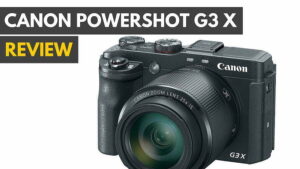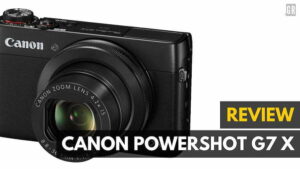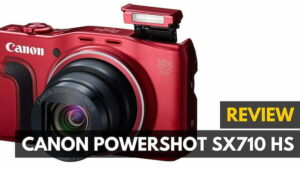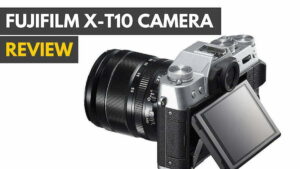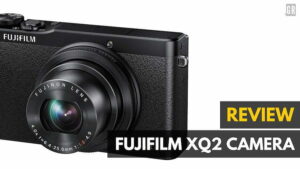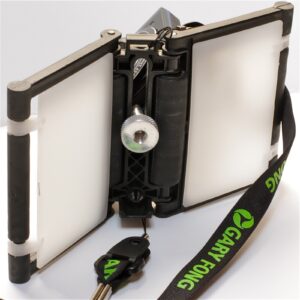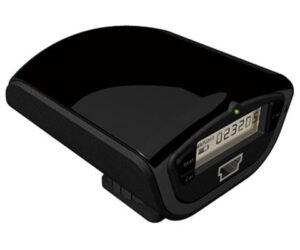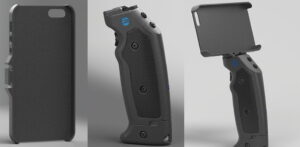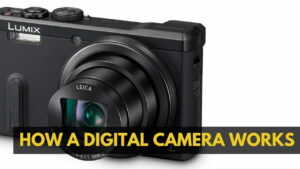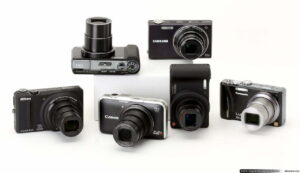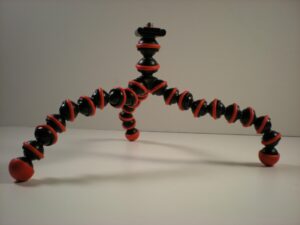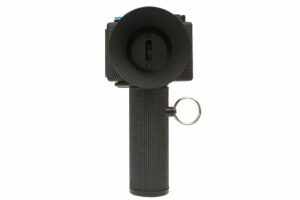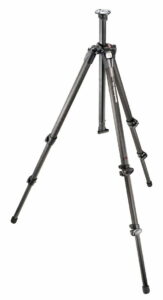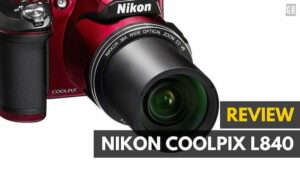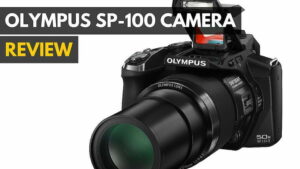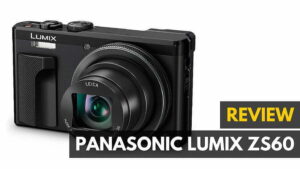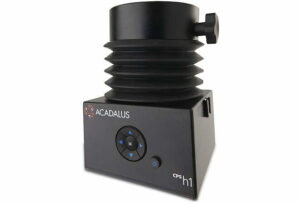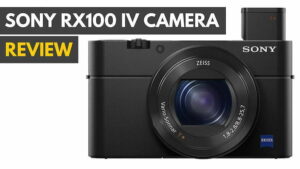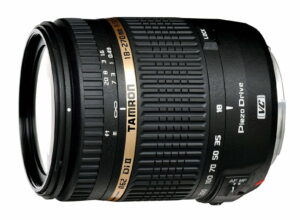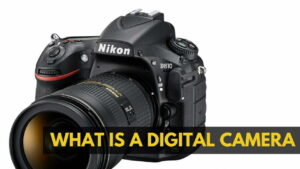Do you want the best digital camera or the best mirrorless camera? Photographers who choose a mirrorless interchangeable lens camera (ILC) do so in large part because they want image quality that approaches that of a DSLR but in a smaller camera body. And if you’re looking for one of the smallest mirrorless ILCs on the market, my Nikon 1 J5 review shows a model that doesn’t let its small size get in the way of producing high-quality images. If you’re not sure what kind of camera you should buy, take a look at our guide on the mirrorless camera vs point and shoot. You may want a smaller device, like the Samsung NX Mini camera.
Overview
Summary: Above-average image quality is found in a very small mirrorless ILC that also offers a tiltable, touch screen LCD and numerous movie recording options.
WHY IT’S A TOP PICK: A large assortment of features packed into a compact 1-inch sensor camera.
Price: $496.95 with 10-30mm kit lens; $896.95 with 10-100mm kit lens
Available: April 2015
What We Liked
- Numerous upgrades over the Nikon 1 V4 and J4 models
- Several movie recording options, including 4K video resolution
- Touch screen LCD that can tilt up to 180 degrees
- Extremely small camera body
- Shutter speed up to 1/16,000th of a second
What We Didn’t
- Menu design is awkward and causes camera to work slowly
- Camera body is so small that you may push buttons inadvertently
- 10-30mm kit lens produces soft images
- J5 uses microSD-sized memory cards, which are too small to use comfortably
Nikon 1 J5 Key Specs
| Image Sensor Type | CX, 13.2×8.8 mm |
| Megapixels | 20.8 |
| Optical Zoom Lens | N/A, uses interchangeable lenses |
| Articulating Screen | |
| 4K Video | |
| ISO | 160-12,800 |
| Auto Focus Points | Hybrid system with 276 points |
| Avg Battery Life | 250 photos |
| Weight | 8.2 oz (body only) |
| Size | 3.9 x 2.4 x 1.3 inches (body only) |
| Price | $896.95 |
| Buy Now |
Design and Build
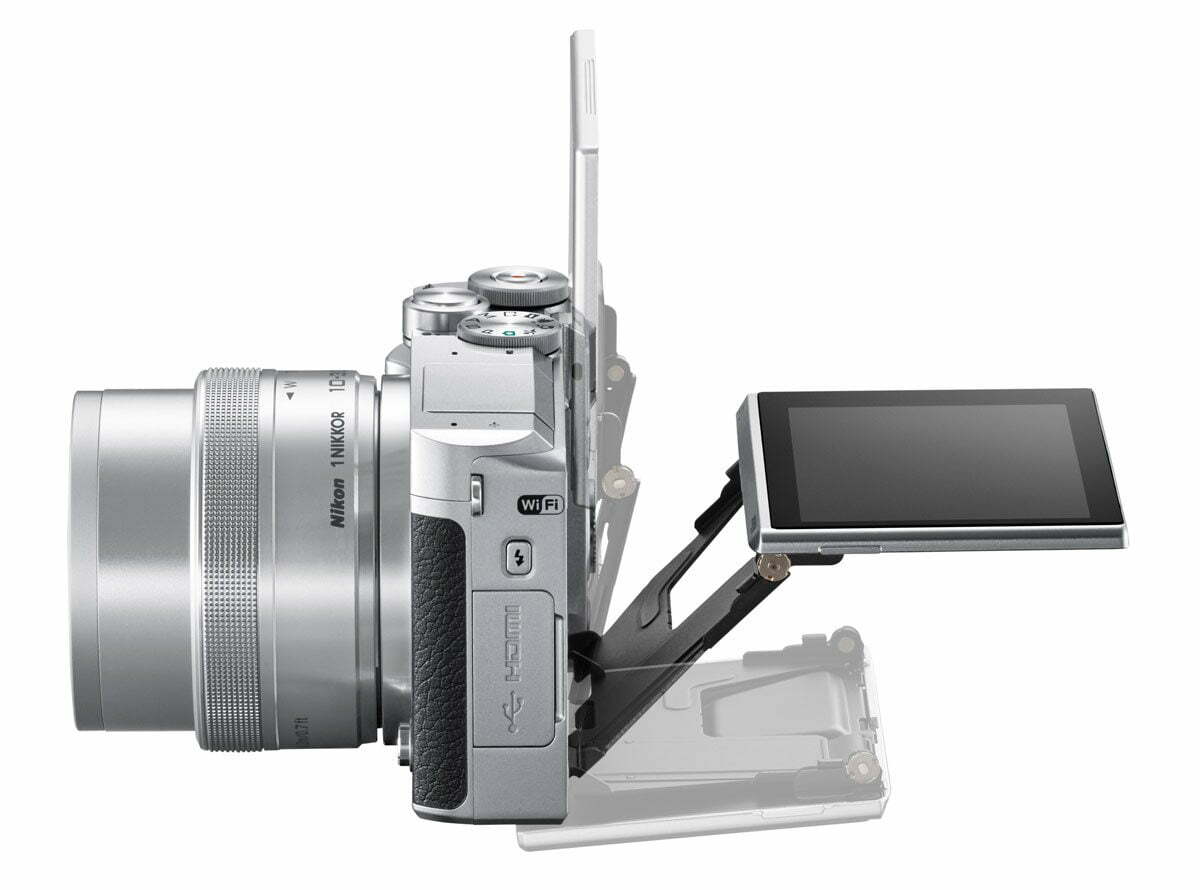
A thin camera body highlights the Nikon 1 J5, which measures about 1.3 inches in depth without the lens attached. If you’re looking for an interchangeable lens camera, but you don’t want the size and heft of a DSLR, the Nikon 1 J5 digital camera offers a DSLR alternative. In case you are a fan of smaller mirrorless cameras that perform well in low-light conditions, check out the Nikon Z6 review.
One potential drawback to the small size of the J5 is the problem I had, which was inadvertently pressing buttons almost every time I tried to pick up the J5. There just isn’t much space for your fingers to hold the camera without touching buttons or the LCD, leaving fingerprints.
Related: For a smaller camera that has a luxury feel, read the Fujifilm X T100 camera review.
When the LCD is clean, it has a sharp display that contains more than 1 million pixels of resolution. It’s important to have a sharp LCD, as it serves as the camera’s only way to frame the scene. The J5 has no built-in viewfinder, and there’s no way to add one later. You can tilt the J5’s LCD up to 180 degrees, which will allow for selfies or odd-angle photos.
Another great aspect of the Nikon 1 J5’s LCD is that it’s touch-enabled, allowing you to easily make changes to the mirrorless camera’s settings by just touching icons. Having a touch screen on a camera is great for less experienced photographers, who likely already are familiar with operating a smartphone touch screen.
The Nikon 1 J5 vs Sony A6000 comparison shows why the J5 is offered at a lower price. The Sony A6000 has more resolution and a larger image sensor than the Nikon 1 J5, but the J5 contains more features aimed at less experienced photographers, such as the previously mentioned touch screen LCD. Specifically, the Nikon J5 has a sensor size of 13.2 x 8.8mm and an ISO sensitivity of 160-12800 with an Auto ISO function.
What holds the Nikon 1 J5 back from being a perfect option are some awkward design choices and performance issues. The J5’s button placement makes it too easy to press the wrong button at the wrong time, leading to errors. And some of the camera’s burst modes are frustrating to use. Still, few cameras provide a 1-inch image sensor in such a small camera body, which makes the Nikon 1 J5 the best compact digital camera for 2018 choice.
Image Quality
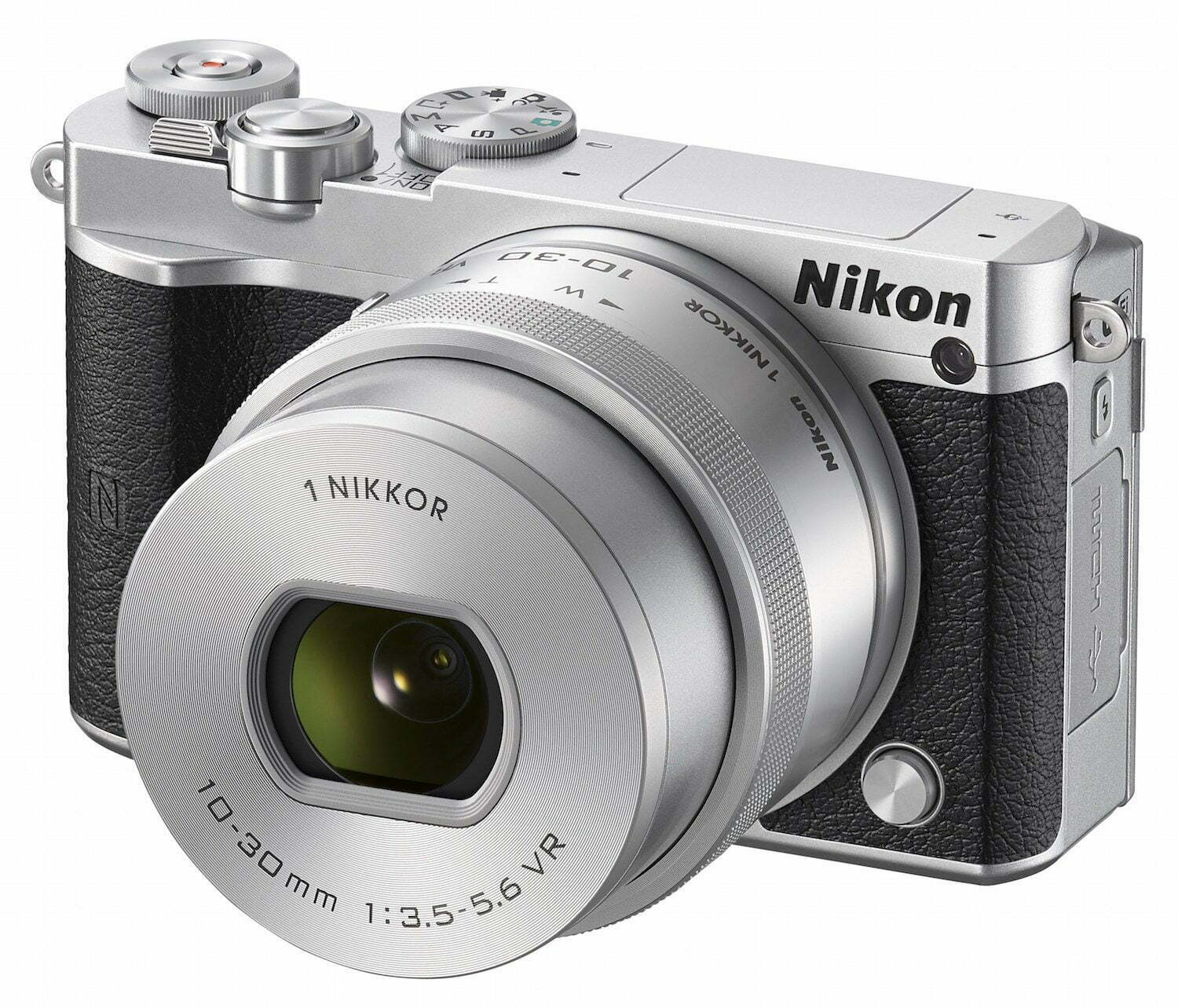
Nikon included a 1-inch image sensor with the J5, which is quite a bit larger than what you’d find in a point-and-shoot camera, but not as large as what’s typically found in a digital SLR camera. The 1-inch image sensor contains 20.8 megapixels of resolution, which is near the top of the list for a mirrorless ILC.
But one aspect of the J5’s image quality that I found frustrating was the slight softness in images I experienced while testing the 10-30mm f/3.5-5.6 kit lens. You may want to consider immediately upgrading to a better lens with this model to ensure the J5’s true image quality capabilities are on display. For certain NIKKOR lenses, you will need to purchase a lens mount FT-1 adapter to pair with the camera body before attaching the lens.
The Nikon 1 J5 price varies quite a bit based on the lens kit you choose for it. So make sure that you can fit a higher quality lens into your camera budget before you settle on the J5.
You do have the option of recording still images in full manual control mode, fully automatic mode, and everything in between. You can also take sharp HDR (high dynamic range) images. This makes the Nikon 1 J5 a camera that works well for less experienced photographers, who can use the camera in fully automatic mode at first. As they learn more about photography down the road, they can move to the J5’s manual control modes.
Shooting movies with the J5 is great because you have a lot of options for determining resolution and setting other features. You can record 4K resolution movies, full HD, slow motion, fast motion, jump cut, and time-lapse movies. Keep your videos steady with the continuous AF feature and Electronic Vibration Reduction technology. However, you are limited to 15 frames per second when shooting 4K movies. Nikon’s EXPEED 5A image processing technology is another great feature that brings out the colors, tones, and fine details in your photos and HD videos.
I have to conclude by mentioning a few performance quirks with the J5. When shooting photos using the popup flash unit, you’ll have to have some patience, as it can take the flash several seconds to recharge if you use it a few times in succession. And while the J5’s burst modes are fast, you are limited to 20 frames at a time. You’ll then have to wait 20 seconds or more until the camera buffer clears before you can fully record the 20 frames in burst mode again.
Wrap Up
The Nikon 1 J5 is one of the best mirrorless camera options, in large part because it has several great features for those who are new to interchangeable lens cameras, such as a 180-degree tilt to the LCD screen for selfies, a touch screen capability on the LCD, and built-in WiFi and NFC connectivity. These are features often found with beginner-level cameras, rather than interchangeable lens cameras. But the J5 also offers full manual control modes, which means this Nikon mirrorless model will work well for you as your photographic skills improve.
Just make sure you understand that the small 10-30mm kit lens included in some Nikon 1 J5 configurations may have softness in photos, meaning you might need to upgrade to a better lens quickly to receive the best performance from this model. The Nikon 1 J5 compares favorably versus many other inexpensive mirrorless cameras, but to find other great models, you may want to read our Nikon Z50 review, Nikon W300 review, and our Nikon 1 AW1 review.
Related Articles:
![10 Best Digital Cameras For Filmmaking in [year] 1 Best Digital Camera For Filmmaking](https://www.gadgetreview.dev/wp-content/uploads/best-digital-camera-for-filmmaking-300x169.jpg)
![10 Best Digital Cameras For Kids in [year] 2 10 Best Digital Cameras For Kids in [year]](https://www.gadgetreview.dev/wp-content/uploads/Fujifilm-FinePix-XP80-Waterproof-Digital-Camera-750x750-1-300x300.jpeg)
![10 Best Fujifilm Cameras in [year] 3 10 Best Fujifilm Cameras in [year]](https://www.gadgetreview.dev/wp-content/uploads/best-fujifilm-cameras-scaled-1-300x129.jpg)
![10 Best Medium Format Digital Cameras in [year] 4 Best Medium Format Digital Camera|Mamiya 645-AFD III Medium Format SLR Autofocus Camera|Leica S Typ 007 Medium Format DSLR Camera](https://www.gadgetreview.dev/wp-content/uploads/best-medium-format-digital-camera-scaled-1-300x169.jpg)
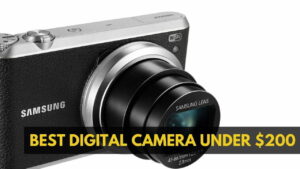
![Best Digital Cameras for Beginners in [year] 6 Best Digital Camera for Beginners](https://www.gadgetreview.dev/wp-content/uploads/bestdigital-camera-for-beginners-300x169.jpg)
![Best Instant Film Camera in [year] ([month] Reviews) 7 Best Instant Film Cameras](https://www.gadgetreview.dev/wp-content/uploads/best-instant-film-cameras-300x200.jpg)
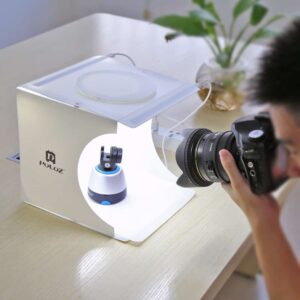
![Best Travel Camera in [year] ([month] Reviews) 9 A list of top travel cameras](https://www.gadgetreview.dev/wp-content/uploads/best-travel-camera-300x169.jpg)
